When White Cube, the influential British gallery known for catapulting the careers of now-renowned artists like Tracey Emin and Damien Hirst, opened an office in New York in 2018, the industry buzzed with excitement. In truth, the gallery had been planning to expand stateside for some time, but the move required a few key prerequisites – the right space in the right area operated by the right team – that took five years to secure.
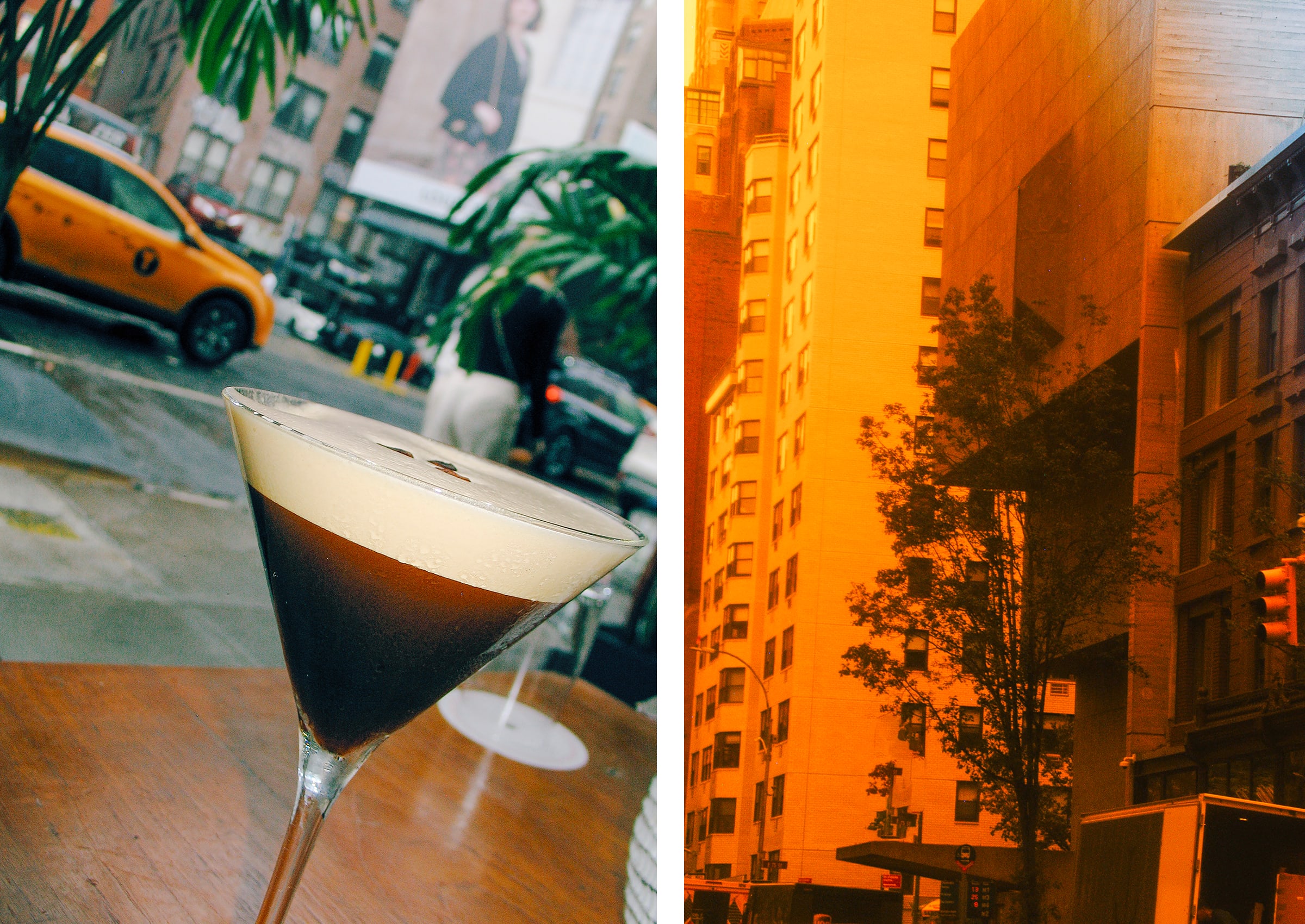
In October, White Cube will open the doors of its first New York showroom at 1002 Madison Avenue, a red-brick building with a sloping mansard and marble trim that was erected in 1932 as the headquarters of the former Fifth Avenue Bank. The structure is a bit squatter than its direct neighbor, which houses the Italian restaurant Sant Ambroeus, and more subdued than The Mark Hotel down the street, which glitters like a jewel box when lit up at night. But its neo-Georgian façade harkens back to White Cube’s first standalone gallery, which opened in 2000 at 48 Hoxton Square in London’s then still-gritty East End after years in St James’s.
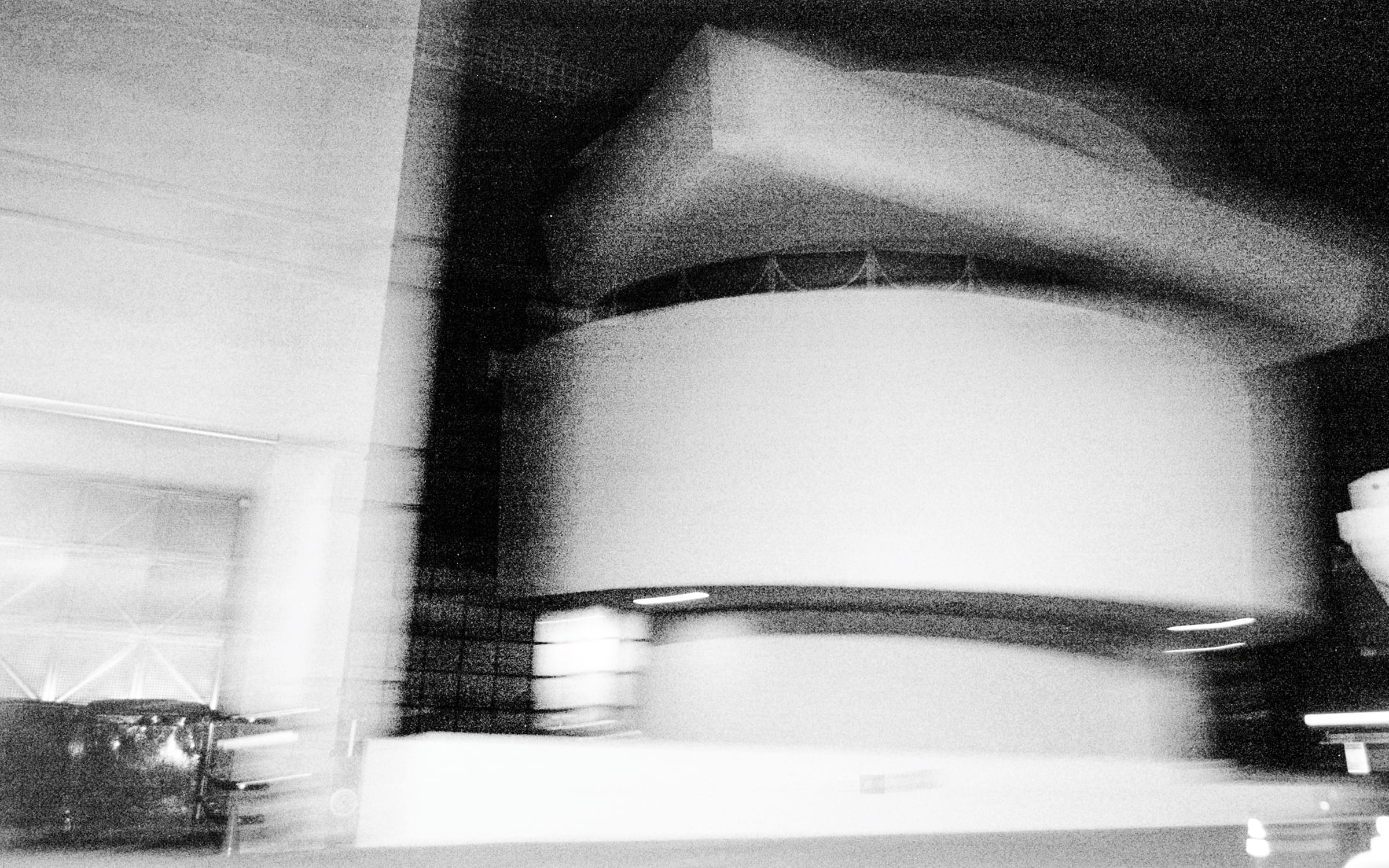
In New York, White Cube has pared back the interiors to allow for private viewing rooms and exhibition spaces across three floors, where its inaugural show, ‘Chopped & Screwed’, will feature works by artists including David Hammons, Julie Mehretu, and Tiona Nekkia McClodden . ‘ You have this phenomenal landmark building that doesn’t have any history of galleries or art in it,’ says the show’s curator, and senior director of White Cube US, Courtney Willis Blair. ‘So it’s a nice way for White Cube to come into a space that we can really put our own stamp on.’
The gallery’s location, a prime spot in the largely residential neighborhood of New York’s Upper East Side, is also a major advantage. This is where celebrities and billionaires lay roots in handsome 19th-century brownstones and palatial multimillion-dollar mansions, many of which are stationed gloriously along Central Park. It’s also home to world-class institutions – including the Metropolitan Museum of Art, the Neue Galerie, and the Solomon R. Guggenheim Museum – along with a critical mass of collectors. White Cube is the latest in a recent spate of gallery moves that have reinvigorated this longtime stronghold, making it one of the best places to see art today.

Arriving on the Upper East Side by following the uptown movement of wealthy families around the turn of the 20th century, galleries survived the Great Depression by privately selling masterworks and Modern art to an exclusive roster of patrons. The area remained a bastion of art dealing even as the market ventured into the city’s then-neglected neighborhoods like SoHo and TriBeCa, where loft buildings and open warehouses offered space for studios and showrooms. The East Village scene thrived until the shadow cast by the AIDS crisis in the 1980s combined with an economic boom that caused rents to rise, pushing out smaller galleries, artists, and lower-income residents. The scene then shifted to Chelsea after the first major commercial gallery, Matthew Marks, laid its roots there in 1994. Within a decade, more than 300 galleries had poured into the neighborhood, which remains a global capital for art commerce.
Today, the Lower East Side and Chinatown might be the ideal neighborhoods to explore up-and-coming artists, but the Upper East Side has a distinct appeal. And where Chelsea’s galleries are mostly stationed inside spacious former warehouses, many uptown showrooms live cozily within domestic settings: townhouses and apartment buildings with wood floors, decorative plasterwork, and winding marble staircases. Gagosian has been here since 1989, when it opened a space at 980 Madison Avenue, while, over the past decade or so, international galleries like Blum & Poe, Galerie Buchholz, Petzel, and Almine Rech have also set up shop.
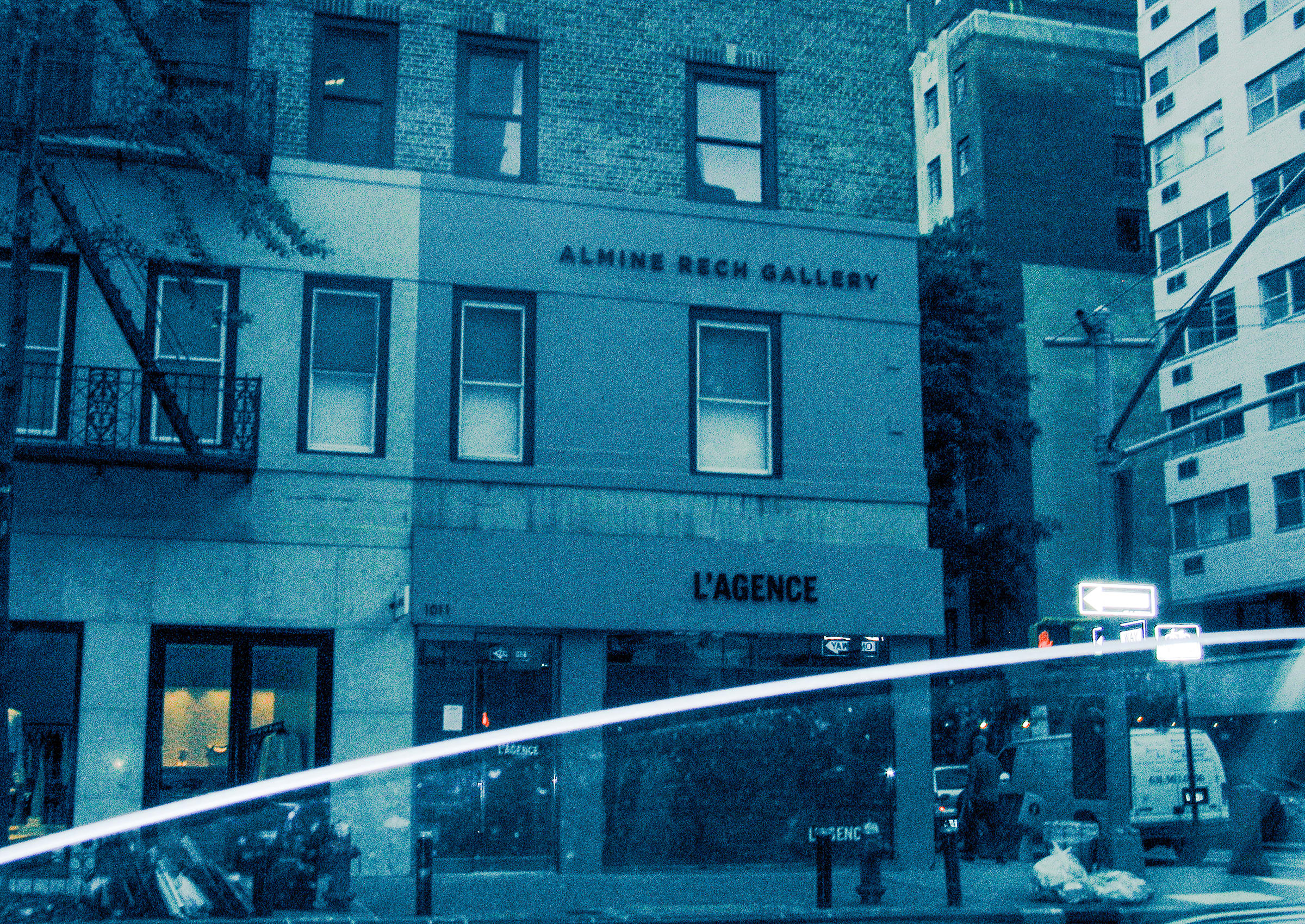
A more recent newcomer is the South African Goodman Gallery, which has championed some of the continent’s best-known artists, like William Kentridge and El Anatsui. Owner and director Liza Essers had become well-acquainted with the Upper East Side after years of visiting New York for art fairs, but it was during the pandemic, when advisory firm Adler Beatty offered up its 69th Street showroom for presentations by Goodman’s artists, that she felt it was time to make the move. ‘It made us realize the potential of the Upper East Side,’ Essers tells me. This week, Goodman will open an office and viewing room inside a brick townhouse on 67th Street. The new location follows outposts in Cape Town, London, and Johannesburg, where Goodman was founded in 1966 by dealer Linda Givon.
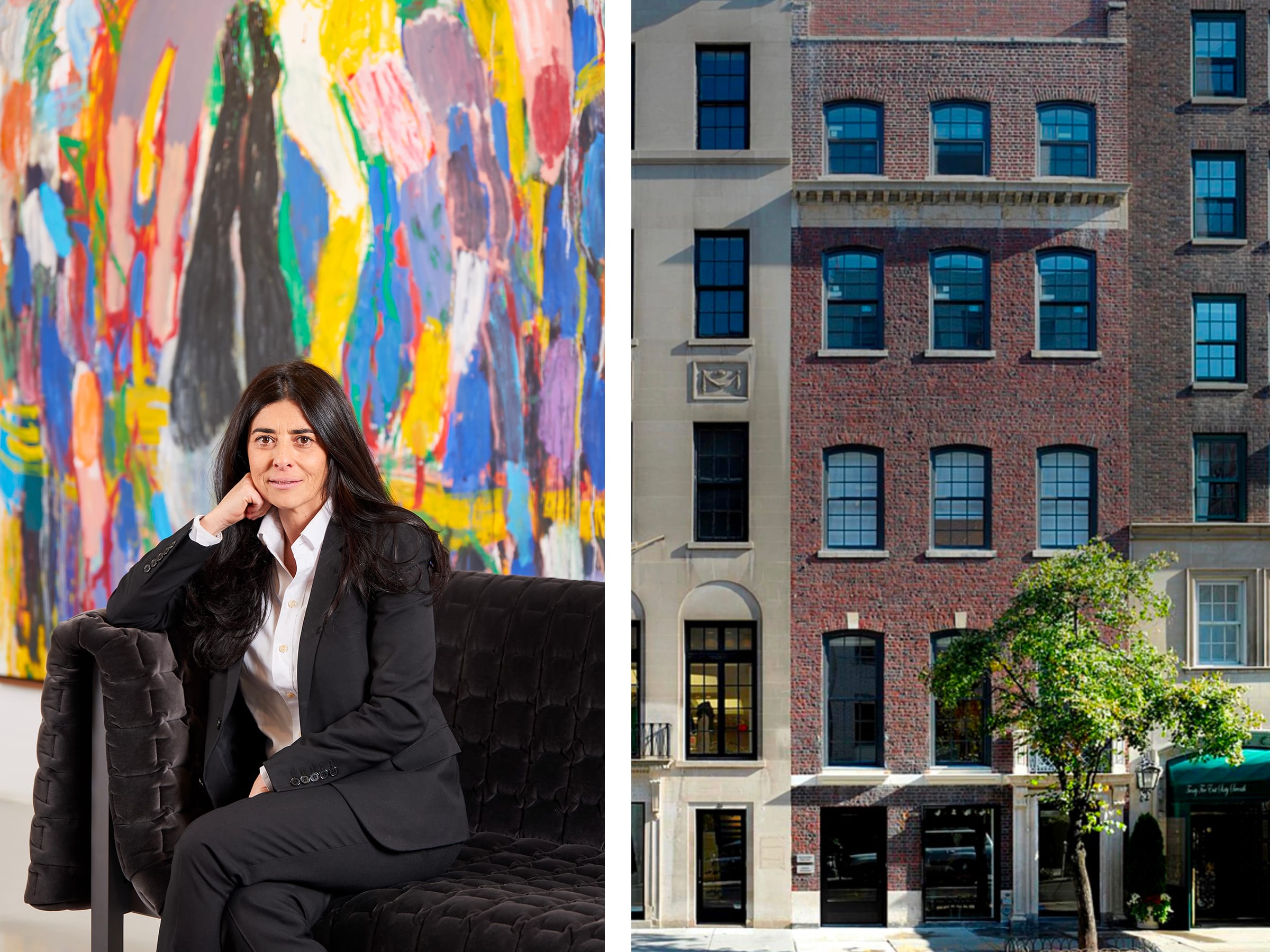
Essers hopes Goodman’s presence in New York will foster connections between the gallery’s roster and local curators, thus helping to fill omissions in the art-historical canon of artists from the global South. ‘New York is very much still the center where a lot of the discourse is taking place,’ she says. ‘It feels great to be contributing in a way that is meaningful and more sustained.’ Rather than maintaining regular exhibition programming, Goodman plans to show focused presentations of works by Gabrielle Goliath, Kapwani Kiwanga, and David Koloane in the coming months.
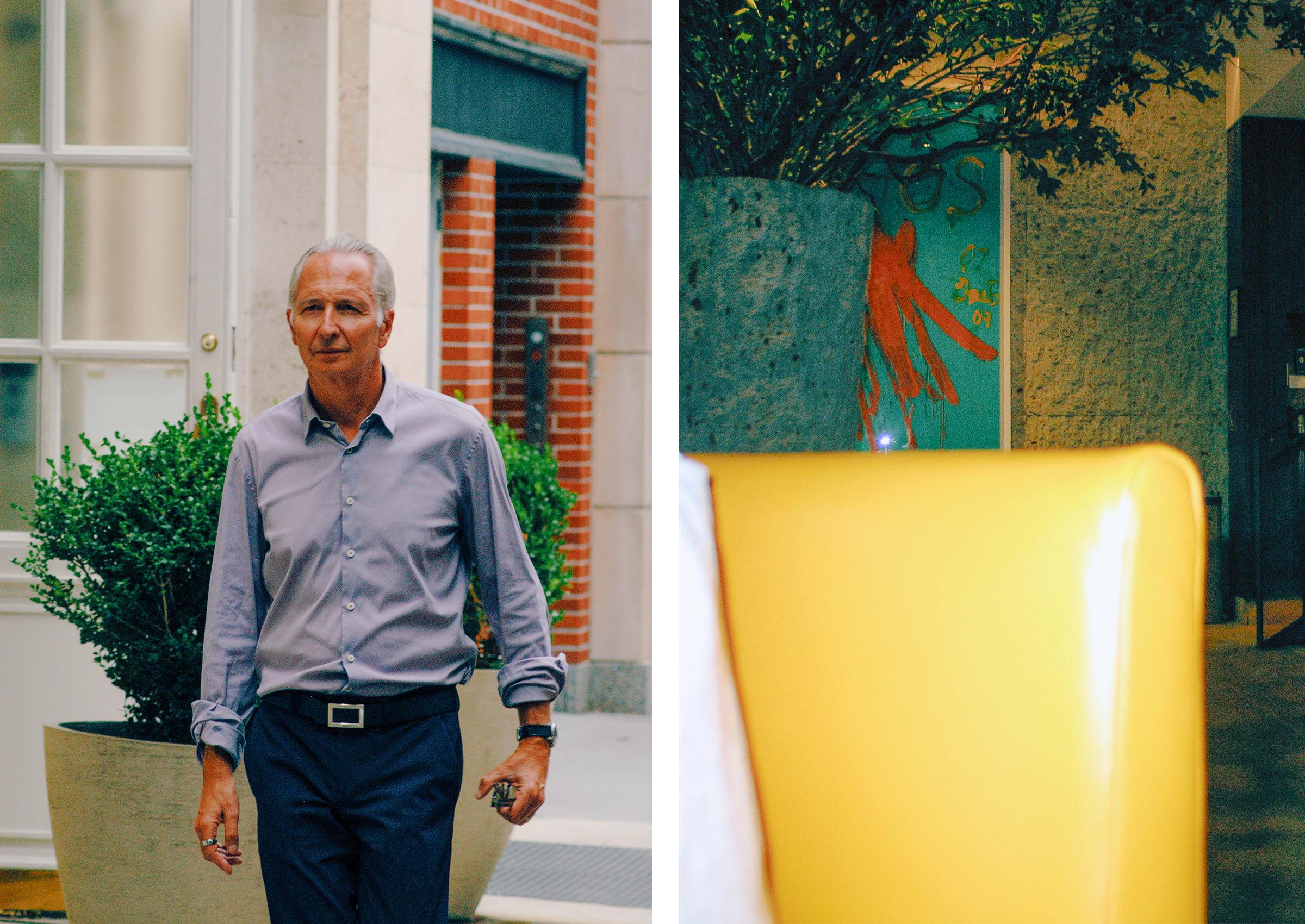
This is part of a general trend, says Brett Gorvy, one of three dealers behind Lévy Gorvy Dayan. ‘Galleries looking to come to New York want to be uptown, because it’s where clients live. If you go down Madison Avenue, Fifth, or Park, the number of collections that literally line those streets from Midtown up to the 80s is extraordinary.’
The personality and history of the architecture, in addition to the proximity to collectors, is partly what drew Gorvy and his partners, Dominique Lévy and Amalia Dayan, to their gallery’s location on 64th Street. A stunning Beaux-Arts-style townhouse built in the 1930s, it was once the headquarters of the Wildenstein dynasty of art dealers, who staged Old Master and Impressionist exhibitions there for more than 50 years. This is Lévy Gorvy Dayan’s first collective home since the dealers dissolved their previous individual businesses and merged to combine their expertise in 2021. Previously known as LGDR, the gallery was renamed this summer after a fourth founding partner, Jeanne Greenberg Rohatyn, left to reopen her gallery, Salon 94, on 89th Street.
Lévy Gorvy Dayan moved into the building last April, and the townhouse environment is well-aligned for their program, which platforms a mix of blue-chip artists and dynamic emerging talent. In September, the gallery will present a retrospective of the renowned French abstract painter Pierre Soulages, who died last October at the age of 102. After that, an exhibition of new large-scale paintings by Brooklyn-based artist Jenna Gribbon will occupy the building’s main two floors in November. In such settings, you can view art as you might live with it, a sense Gorvy hopes will help draw more viewers and engage the community. ‘That was one of the most exciting aspects of us taking on the space,’ he says. ‘This idea of creating a destination, of having something which is multipurpose, but also ultimately serves a public audience at a time when people really want to reengage.’
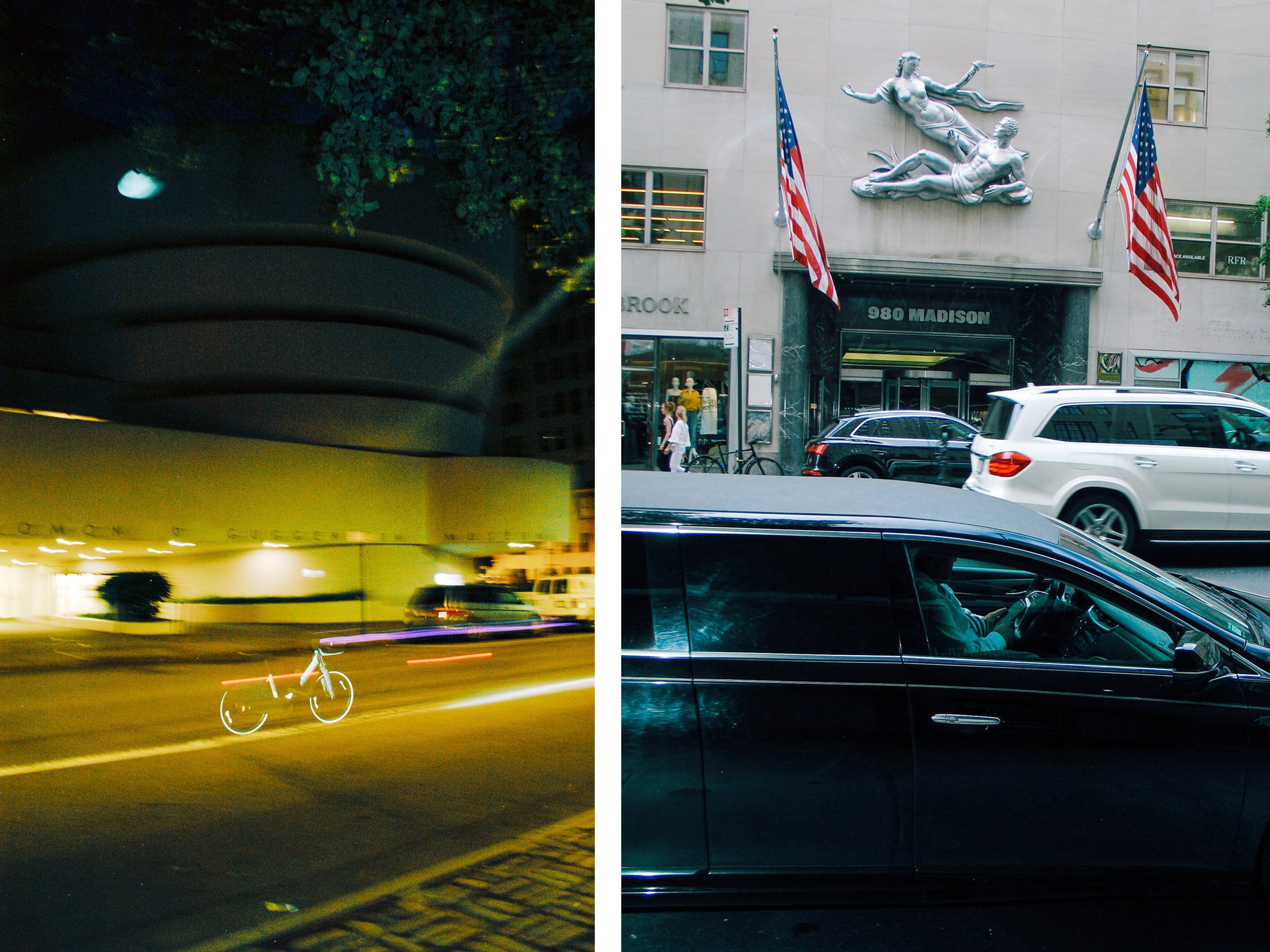
The migration of galleries back to the Upper East Side might seem like history repeating itself, with dealers seeking proximity to their immediate network of clients, but it also provides one of the most enjoyable and unique experiences for seeing art that the city has to offer. A stroll along the area’s vast open boulevards is a delight for locals and visitors alike. The buzz has also attracted a different kind of high-profile neighbor – Sotheby’s – who next year will take over the iconic Marcel Breuer building, which previously housed the Whitney Museum of American Art. Gorvy predicts the move will ‘be a very, very important catalyst of this notion of the Upper East Side as a major destination for art.’
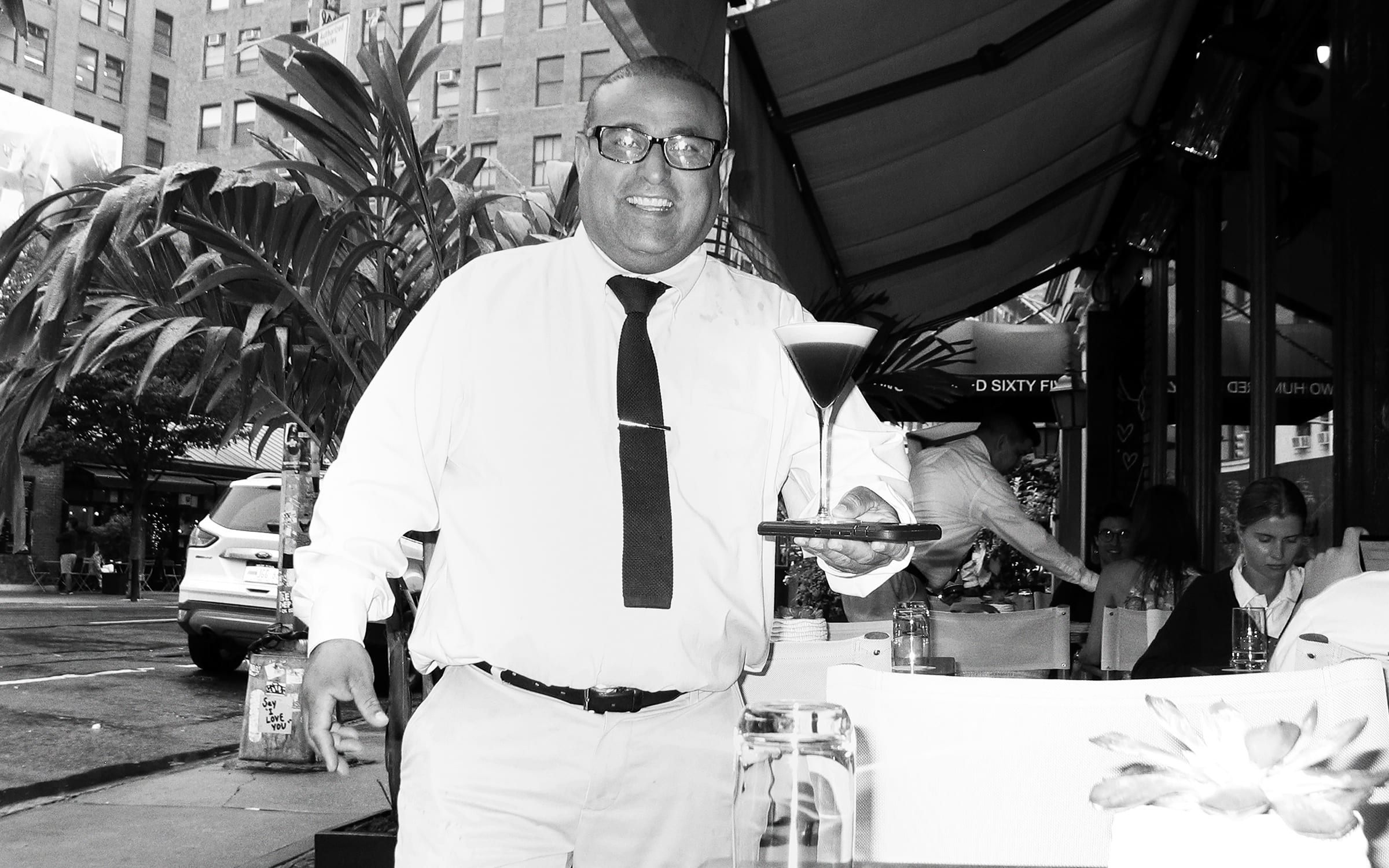
Coco Romack is a writer, editor, and author based in New York.
Published on September 6, 2023.
Caption for full-bleed video: New York City by Rob Kulisek for Art Basel.